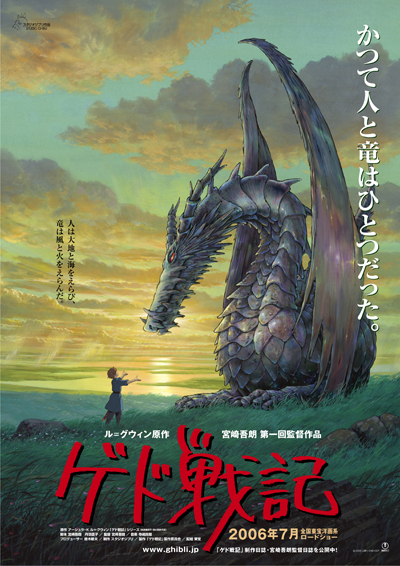A couple of years ago the fact that a fake sequel to Harry Potter was illegally published in China made headlines and drew large amounts of attention online. And yet, despite the huge numbers of blogs that linked to the story at the time, nobody had any decent visual evidence, or any details beyond that in the short BBC article I linked to above.
When I went to China for the first time in 2003, one of my main goals was to locate a copy of one of these fake Harry Potter novels. As I was utterly unable to speak Chinese at that time, when I and my travel companion passed a movie theatre showing the film I noted down the Chinese title in the little notebook I carried in my pocket. (哈利 波特) so that I could show it to a bookstore clerk in the hope of finding my very own fake Harry Potter novel, nestled alongside the real ones.
After trying a couple of different bookstores, I met with success! There were actually two different fake Harry Potter novels alongside the real four that had already been published at that time. While neither one of them was the famous Harry Potter and Leopard-Walk-Up-to-Dragon (see an English translation of a few paragraphs of that novel here), but they were still gloriously, authentically fake, and of course I bought them both.
Here, for your pleasure, are scans of the front and rear cover of the first of my amazing purchases, which for various reasons have not been presented until now. As you can see, the English title is “Harry Potter and the Filler of Big.” The Chinese title is literally “Harry Potter and the Great Funnel,” which goes at least 35% of the way towards explaining the English translation.
Later on I will post some scans of the interior, lovingly illustrated using bad clip-art, and very possibly type-set using dramatically out of date software. I’ll also post some scans of my second fake Harry Potter novel, which according to what one could ironically call the copyright information page, is entitled “Harry Potter and beaker snd burn.” And as a special bonus, some sample art from a Harry Potter dojinshi from Japan.





 “Reports that the KMT walks lockstep with the mainland (China) in their anti-Japan campaign do not reflect my real feelings. I even love sashimi!” On the 10th Ma Ying Jiu (mayor of Taipei), chairman of the KMT[Chinese Nationalist Party], Taiwan’s largest opposition party, assembled Japanese reporters resident in Taipei and issued a denial of the viewpoint that he was himself a believer in anti-Japan ideology.
“Reports that the KMT walks lockstep with the mainland (China) in their anti-Japan campaign do not reflect my real feelings. I even love sashimi!” On the 10th Ma Ying Jiu (mayor of Taipei), chairman of the KMT[Chinese Nationalist Party], Taiwan’s largest opposition party, assembled Japanese reporters resident in Taipei and issued a denial of the viewpoint that he was himself a believer in anti-Japan ideology. There are indications that the KMT has been intensifying their anti-Japan tendencies, such as stressing their own role in the Sino/Japanese war. “We criticize even the white terror (of KMT despotic rule) and (China’s) Tainanmen incident from the same basis of human rights and constutituional government. There’s no reason to make an issue out of only Japan,” Chairman Ma Ying Jiu said.
There are indications that the KMT has been intensifying their anti-Japan tendencies, such as stressing their own role in the Sino/Japanese war. “We criticize even the white terror (of KMT despotic rule) and (China’s) Tainanmen incident from the same basis of human rights and constutituional government. There’s no reason to make an issue out of only Japan,” Chairman Ma Ying Jiu said.

